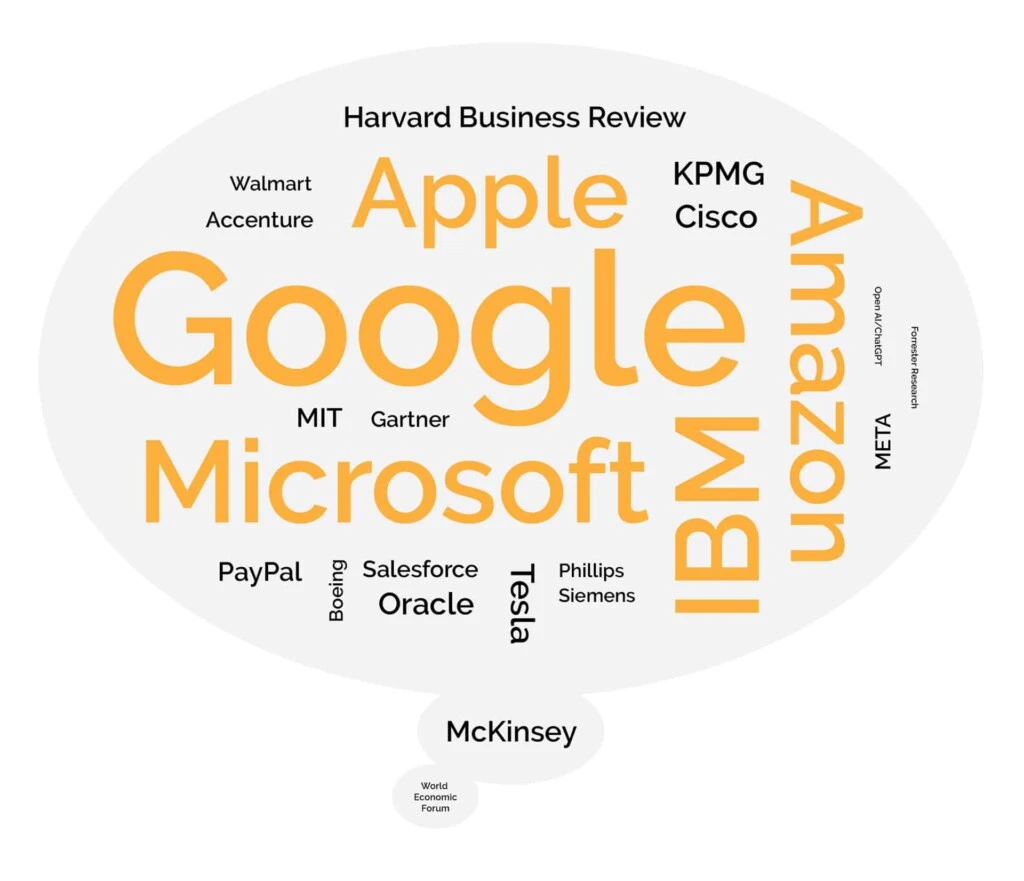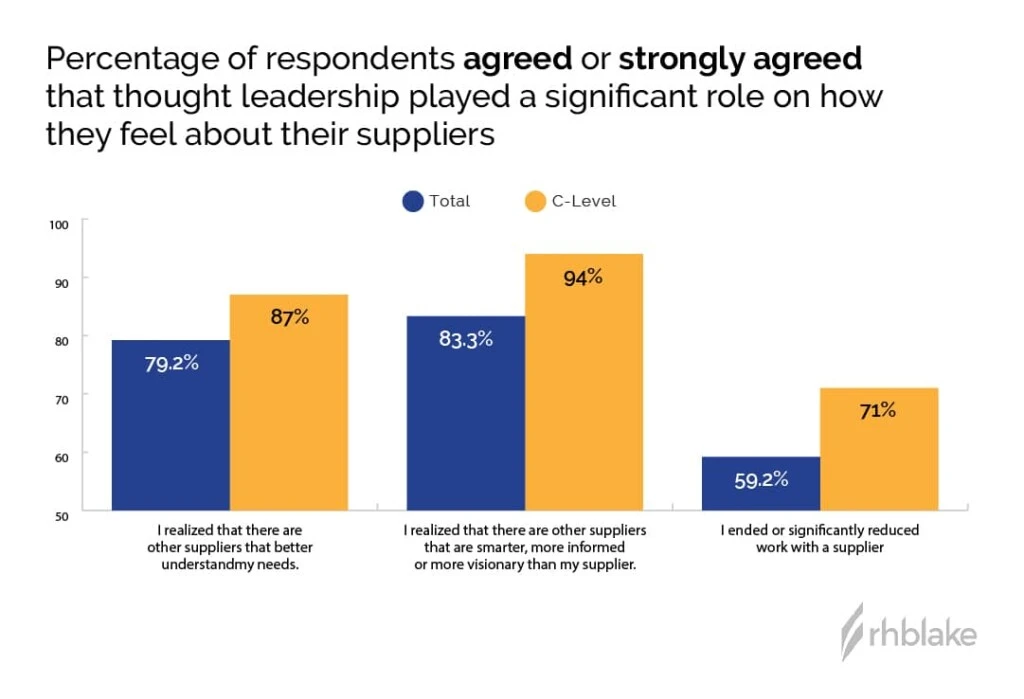The 2025 Thought Leadership in Manufacturing Report:
Thought Leadership’s Impact on Long Sales Cycle Offerings
in the Manufacturing Ecosystem

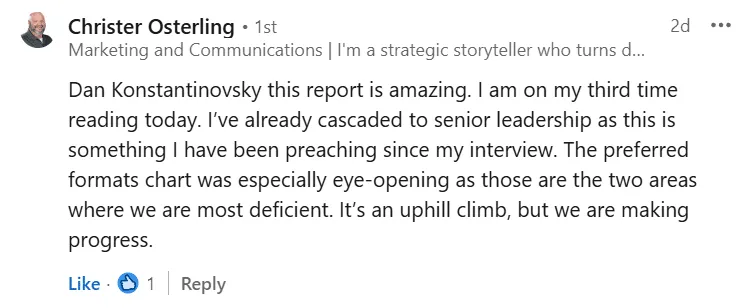

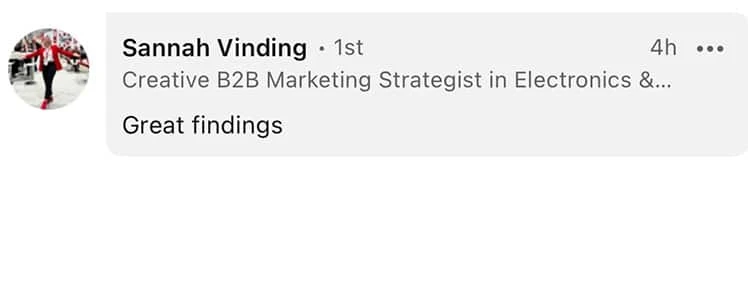
- What are the characteristics of good thought leadership?
- Where do customers go to consume thought leadership?
- How does thought leadership impact decision making?
- Does thought leadership impact C-level audiences differently?
We surveyed 300 manufacturing buyers and decision makers to answer these questions and more. Below find our survey questions, accompanied by graphs of how respondents – both total and C-level — answered, along with our insights and takeaways. Find this interesting? We welcome you to use any of these charts or insights in your own content, social streams and meetings. Let’s dive in…
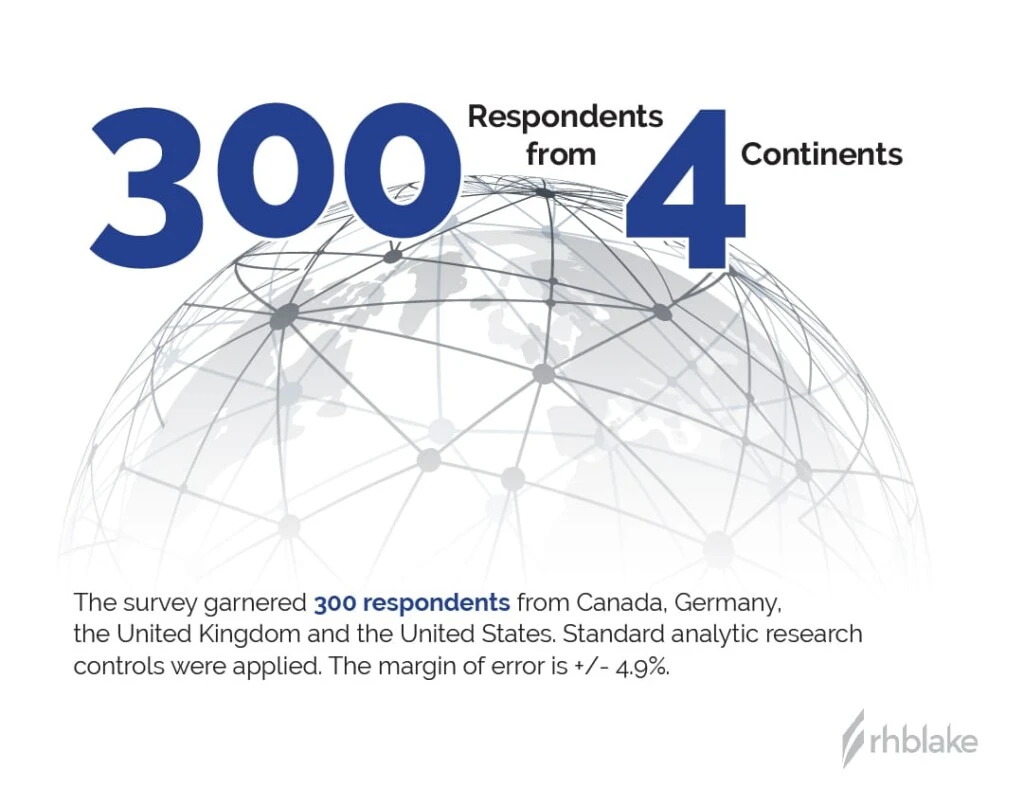
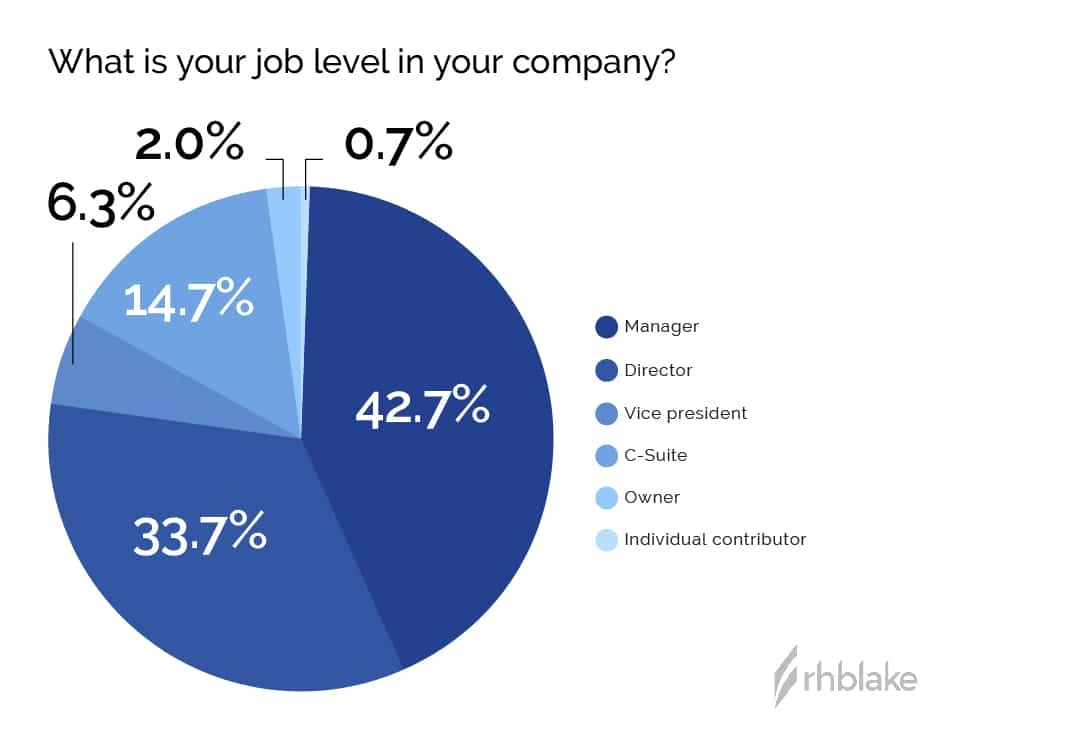
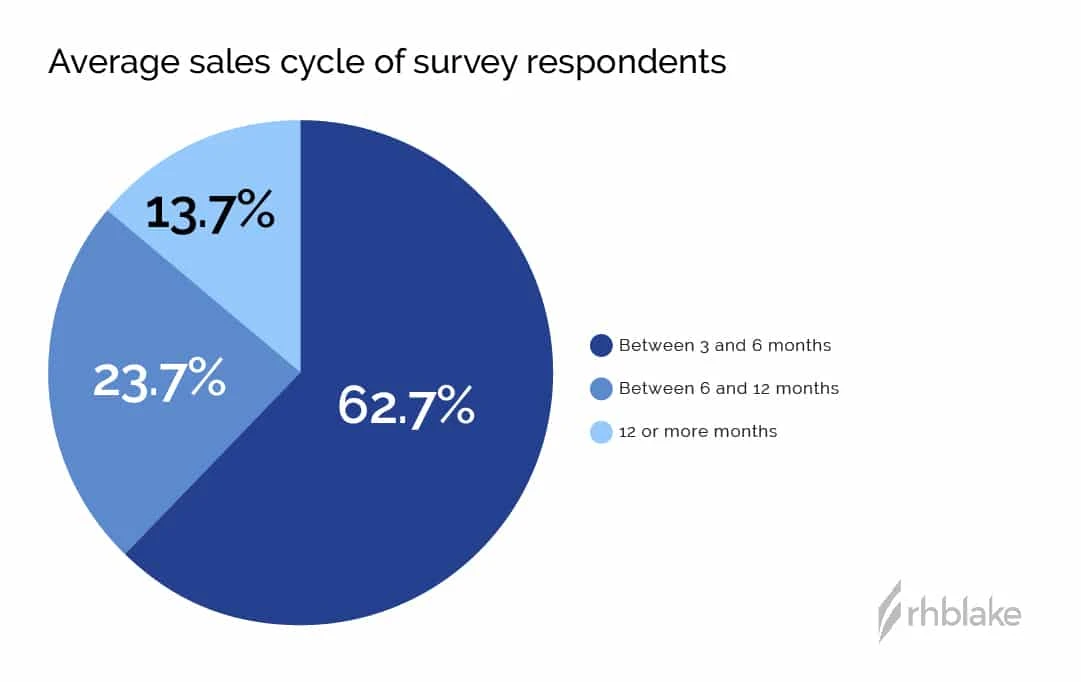
What Audiences Want: The Key Traits of Effective Thought Leadership
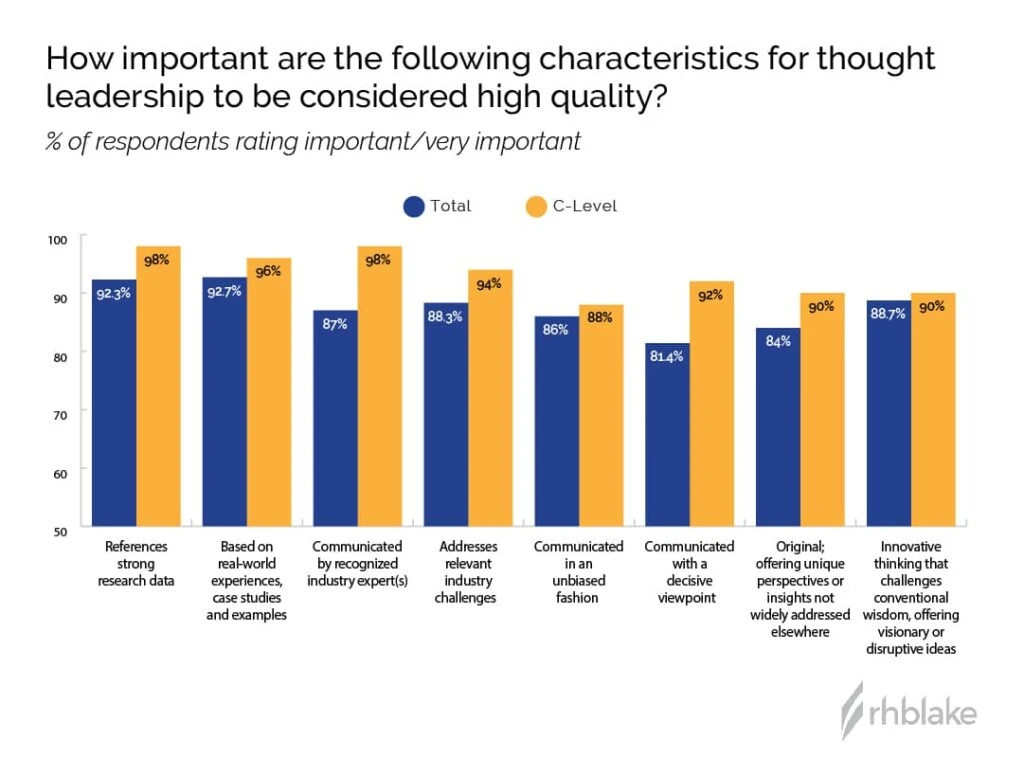
Total: Thought leadership based on real-world experience was the top choice. Many involved in buying are eventual users of the offering, so real-world experiences help them imagine how the solution will work in their application. Communicated with a decisive viewpoint was deemed least important, perhaps because readers want to form their own opinions.
C-Level: Executives preferred strong research data and communicated by recognized industry experts. Executives seem less moved by use cases (they aren’t likely eventual users), but still seek to verify thought leadership claims (who said it, what research was used). Least important were unique perspectives or insights, and innovative thinking, perhaps because executives are focused on practical business matters, and less interested in ideas still being formed.
Takeaway: The proof is in the proverbial pudding. Your thought leadership ingredients should include real-world experience, strong research data, and inputs or bylines from recognized industry experts.
Where Do Decision-Makers Seek Insights?
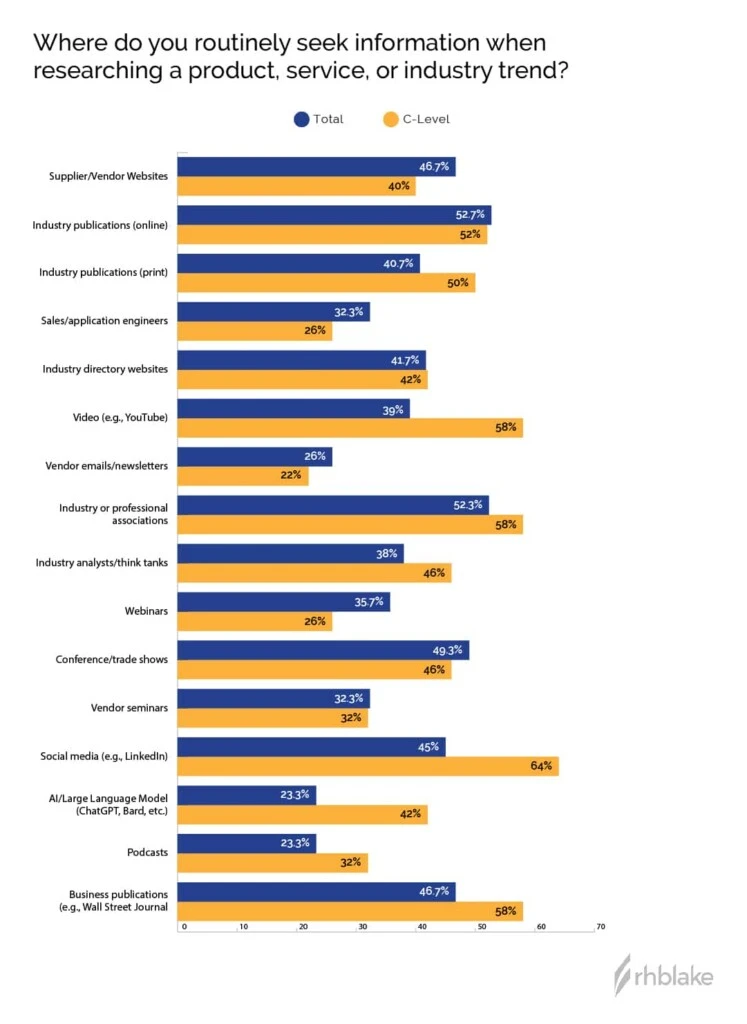
Total: Top source was online industry publications. This confirms that keeping your media list is a good idea. Least favored was vendor emails/newsletters as organizations likely understand these are mostly marketing. It’s not that you can’t put thought leadership in your newsletter; it just needs to be differentiated in how it’s presented.
C-level: Executives had the same low regard for vendor emails/newsletters. Surprisingly, the top choice for C-level was social media posts, such as on the business platform LinkedIn; YouTube was also referenced as a favorite source. Secondary favorites were business publications (like the Wall Street Journal), and industry or professional associations.
Takeaway: Your distribution list should include both publications and social media. Social media, with all its noise, seems able to catch C-level eyes. Make your headline catchy and promise insight early so they stick around and read.

Total: Nearly 40% of respondents dedicate over 6 hours per week to engaging with thought leadership content. Among C-level executives, this commitment is even greater, with more than 66% spending over 6 hours weekly consuming such material.
C-Level: 30% of the C-Level spend 8 or more hours weekly, compared to 14.7% of the total audience, showing a strong appetite for thought leadership in this group.
Takeaway: Thought Leadership is Critical: It is clear that professionals at all levels, especially C-Level executives, dedicate time to consuming thought leadership content, making it an essential opportunity for influencing decision-makers.
What are your preferred formats for thought leadership content?
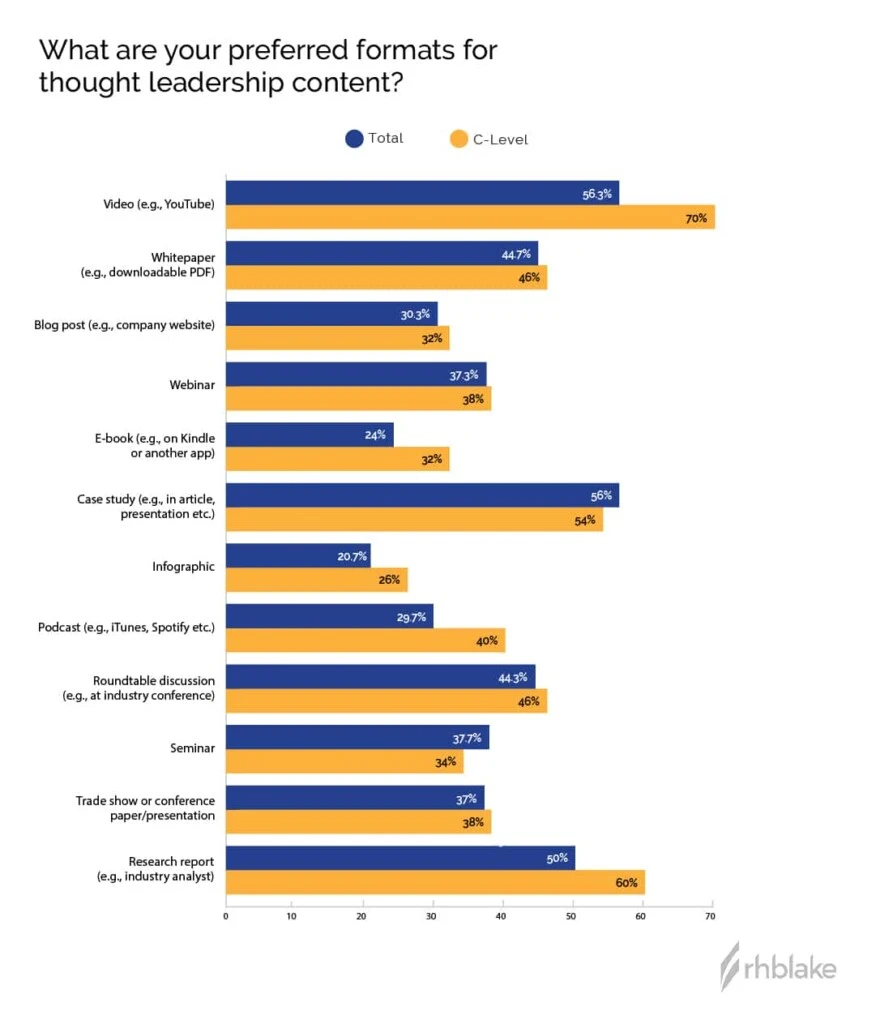
Total: Tied for first was case studies and video (such as YouTube). Last was infographics. Case studies echoes the above learning that respondents like thought leadership based on real-world experience. Obviously, video gives a chance to showcase customers, subject matter experts, or product demos. Infographics can be interesting, but they are supplemental, such as a graphic in a white paper, or a poster at a trade show that a live salesperson can explain.
C-level: A notable 70% of C-Level executives prefer videos, compared to 56.3% of the total audience, showing a stronger inclination toward visually engaging and time-efficient content.
Takeaway: Choosing the right format for thought leadership content depends on understanding your target audience’s preferences and consumption habits along with considering the type of information you want to convey.
What’s the ROI of Thought Leadership?
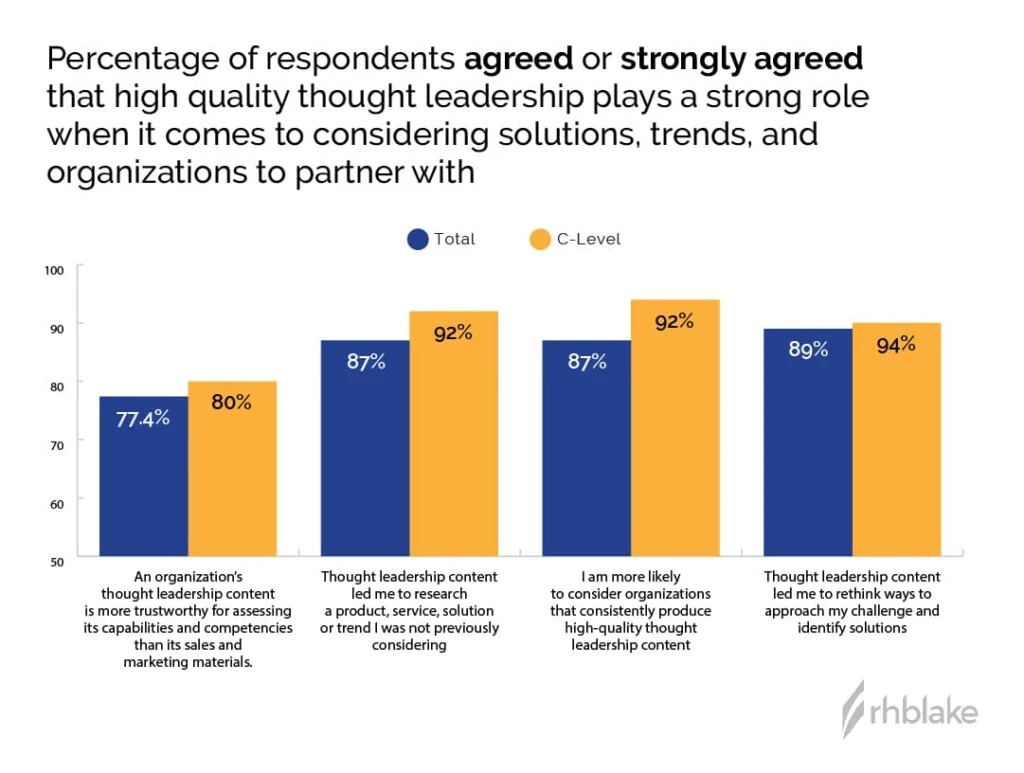
Total: There was high agreement with all statements, most so with more likely to consider organizations that consistently produce high-quality thought leadership content.
C-level: Agreed with these statements even more than total respondents. This is another confirmation that those with authority (holders of purse strings and veto pens) take thought leadership seriously.
Takeaway: The value of thought leadership is self-evident.
Is There a Link Between Thought Leadership and Sales Success?

Total: Thought leadership consistently improves brand perception, facilitates sales engagement, and enhances trust across all buyer level.
C-level: It’s interesting that executives – who might be more experienced and thus less prone to thought leadership persuasion – also said they would think more positively about the organization by 6 more points than total respondents. Ranked lowest was more likely to contact the organization This makes sense. After all, executives have other people who do that.
Takeaway: Proof positive that thought leadership is an important investment to reach top levels of a company.
Which Thought Leadership Formats Do Audiences Really Want?

Total: Thought leadership is most utilized during the Consideration stage, with 75.33% of respondents relying on it to evaluate different solutions. This highlights the critical role thought leadership plays in helping buyers compare options and make informed decisions.
The Decision stage follows closely, with 72% of respondents turning to thought leadership when finalizing their choice among potential solutions.
The Awareness stage, while slightly lower at 68%, still shows significant reliance on thought leadership to identify and understand problems and potential solutions.
C-level: C-Level leaders rely more heavily on thought leadership during the Decision stage, emphasizing the need for data-driven, solution-oriented content that builds trust and confidence.
Takeaway: Widespread Use Across Stages: Thought leadership content should address specific buyer concerns and provide actionable insights, especially in the Consideration and Decision stages, where its influence peaks.
.
Does thought leadership impact new and existing customer relationships?
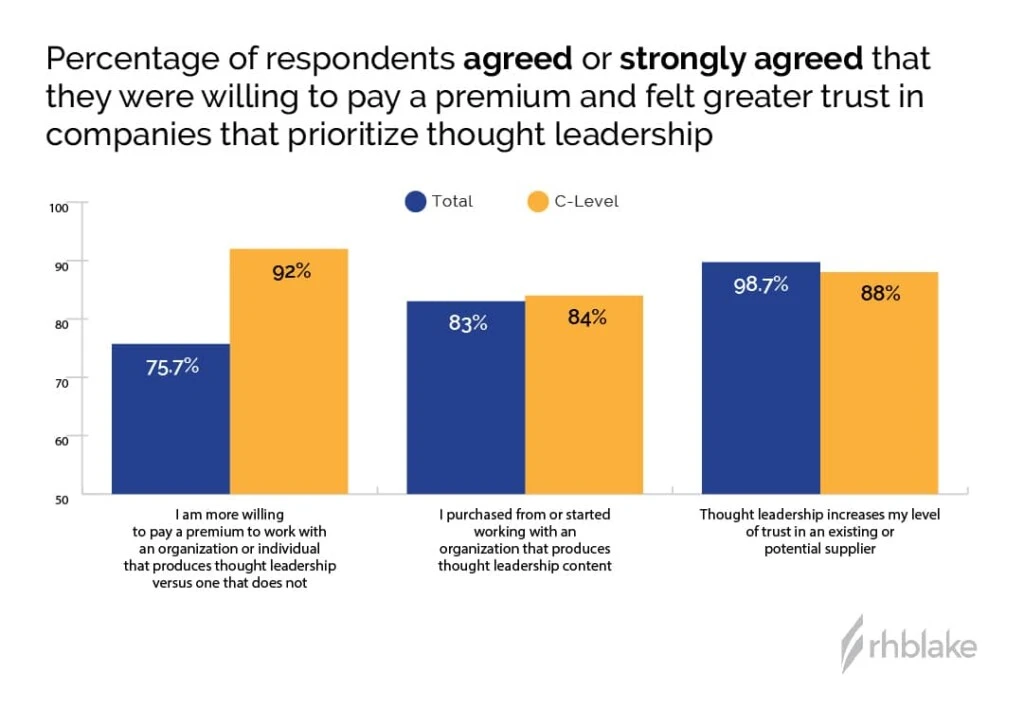
Total: 75.7% of respondents agree they are more willing to pay a premium to work with organizations or individuals that produce thought leadership, highlighting its value as a differentiator in competitive markets.
Influence on Purchasing Decisions: 83% of respondents state they have purchased from or started working with an organization that produces thought leadership content, showing its direct impact on driving business.
Building Trust: 89.7% of respondents agree that thought leadership increases their trust in an existing or potential supplier, emphasizing its role in fostering credibility and strengthening relationships.
C-level: 92% of C-suite respondents are willing to pay a premium for organizations producing thought leadership, showing its heightened value among senior decision-makers.
Takeaway: Thought leadership fosters trust, and protects price and margin, especially with executives.
Can Thought Leadership Help Challenge the Status Quo?
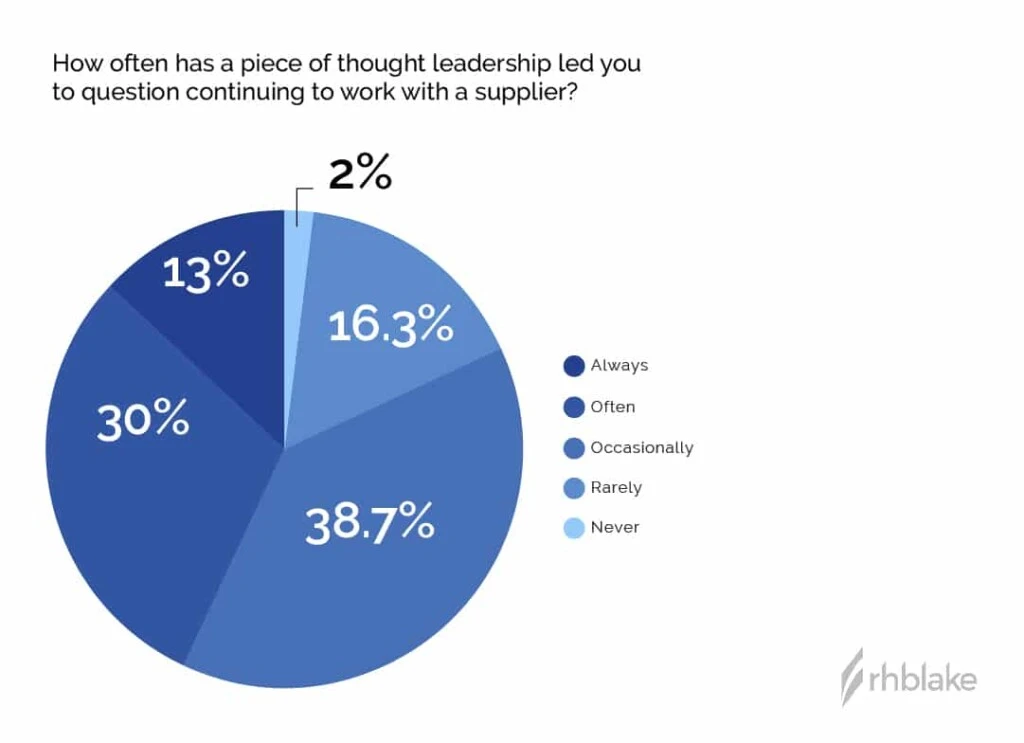
Total: A significant portion of respondents (81.67%) indicated that thought leadership has led them to question continuing with a current provider/supplier. This highlights the power of thought leadership in shaping perspectives and reconsideration
Takeaway: Thought leadership is a mind-changer. It’s an excellent competitive arrow in your marketing quiver.
The Multiplier Effect: Buyers Frequently Share High Quality Thought Leadership
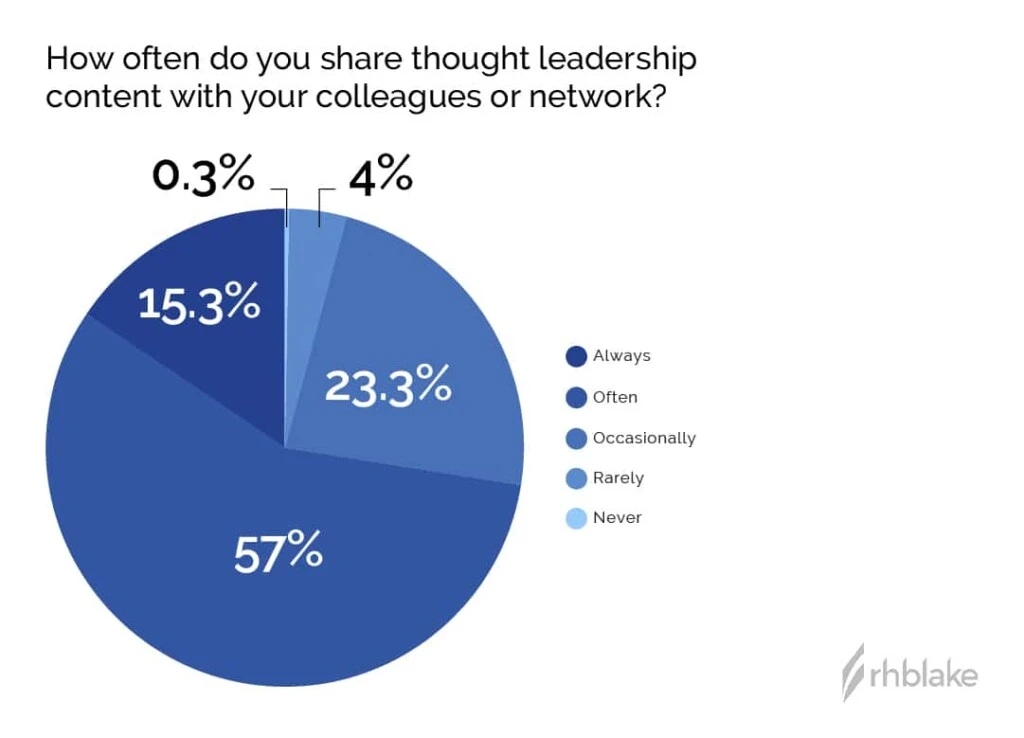
By significant margins, both Total and C-level respondents said they often share thought leadership content with colleagues, making thought leadership a compounding investment. We are reminded of the Nielsen finding that 92% of consumers believe recommendations from friends and family over all forms of advertising[1].
Takeaway: Personal recommendation power applies also to long sales-cycle offerings. Get empowered with thought leadership content.
[1] https://www.businessnewsdaily.com/2353-consumer-ad-trust.html
Thought Leadership Strengthens Connections and Opens Doors to New Opportunities
Total: 83% said they realized that there are other suppliers that are smarter, more informed or more visionary than current suppliers. Customers won’t necessarily drop other suppliers for you (less than 60% said I ended or significantly reduced work with a supplier because of thought leadership), but attractiveness is usually the first step in a meaningful relationship.
C-level: 93% said thought leadership helped them realize that other suppliers may be smarter, more informed and more visionary — 10 points more than total respondents. Furthermore, their willingness to end or significantly reduce work with a supplier was 12 points higher than total respondents. So, your chance of displacing a competitor improves the higher up the customer org chart your thought leadership goes.
Bottom line: If you want to convince more high-level people of the value of your long sales cycle offerings, invest in thought leadership.
What organizations do you view as thought leaders?
We asked respondents which organizations they viewed as Thougtht Leaders. The most frequently mentioned companies were Google (48 mentions), Microsoft (41 mentions), Amazon (29 mentions), IBM (28 mentions), and Apple (20 mentions).
These are globally recognized brands with strong reputations for innovation and leadership in their respective industries. Consumers and businesses often see these companies as reliable and forward-thinking, adding to their perceived authority.
Want the complete list to see if your organization was mentioned? Contact us at [email protected].
